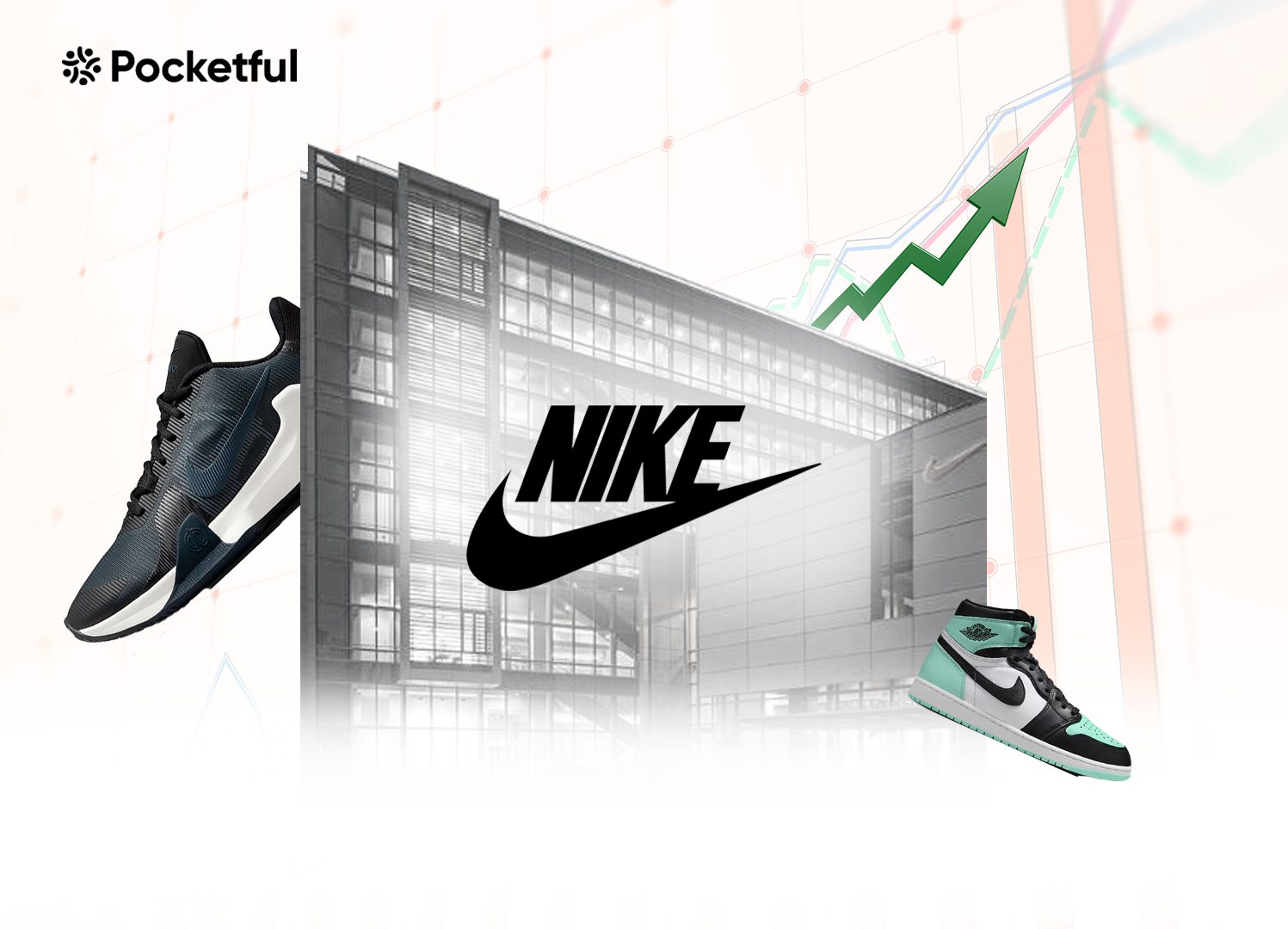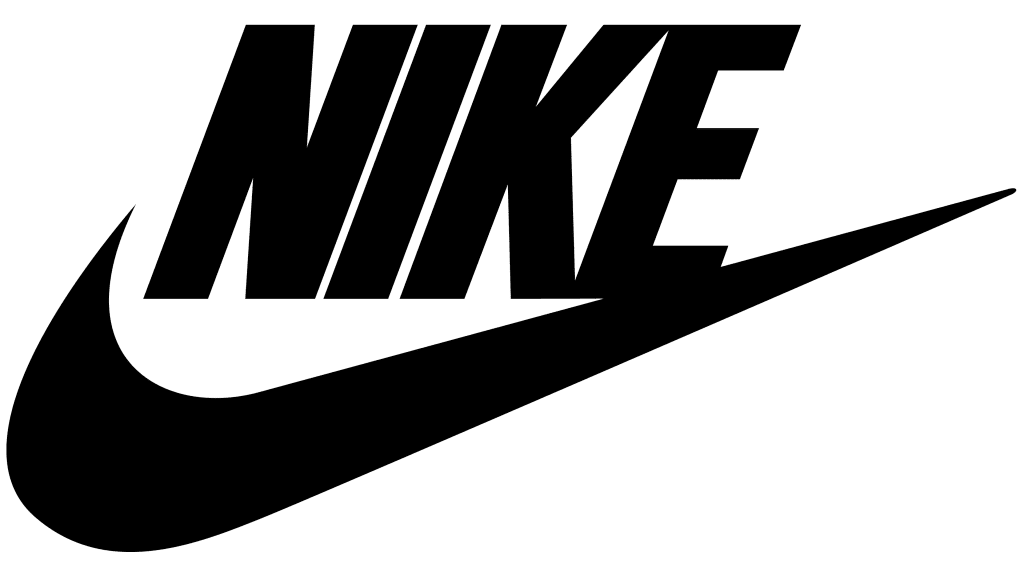| Type | Description | Contributor | Date |
|---|---|---|---|
| Post created | Pocketful Team | Sep-24-24 | |
| Add internal links | Nisha | Mar-01-25 |

- Blog
- nike case study
Nike Case Study: Business Model & Marketing Strategy

Nike, a footwear and apparel giant, has left a significant impact on the world. The fact that a “Swoosh” logo or the phrase “Just Do It” is immediately associated with Nike describes the impact it has on the world. For millions, Nike is more than just a brand; it represents ambition, perseverance, and triumph. But do you know Nike’s journey and how it became a market leader?
In this blog, we’ll take a closer look at Nike’s journey, its business model, and its innovative marketing strategies and discover the reasons behind its success.
Nike – An Overview
Nike was established by Phil Knight and his coach, Bill Bowerman, in 1964 and was previously known as Blue Ribbon Sports (BRS). They imported running shoes from Japan’s Onitsuka Tiger and sold them at track meets in the US. In its first year, the business sold 1,300 pairs of shoes and had sales of $8,000, which increased to $20,000 in 1965.

Tensions increased when Onitsuka Tiger gave an ultimatum to BRS to sell 51% of the business. The offer was refused by BRS, and they decided to launch their own footwear brand. Nike’s first shoe was named “Moon Shoes” and was made by Bill Bowerman in a waffle iron. Further innovation led to the creation of “Nike Cortez”, the company’s first major success due to advanced design and technology. By 1980, Nike had a 50% market share in the US athletic shoe market.
Did you know?
Nike’s logo, the famous “Swoosh,” was designed by a student named Carolyn Davidson, who was paid $35 for it.
Read Also: Adidas Case Study: Business Model and Pricing Strategies
Nike’s Business Model
Nike’s success is due to the combination of two key elements, i.e., style and high performance. Nike has a robust business model built around the following key themes:
- Innovation: Nike has consistently invested in research and development to develop superior products as compared to its competitors. The company has a Nike Sports Research Lab and research committees consisting of athletes, coaches, orthopedists, etc. The Nike Flywire Support system, Trainer 1 shoe, Lunarlite foam cushioning, etc., are some of the innovations in recent years that have helped Nike stay ahead in a fiercely competitive market.
- Global Supply Chain: The company partners with factories in countries like Vietnam, China, Indonesia, etc. to manufacture products. Low manufacturing costs in developing nations and high-quality standards have helped Nike generate consistent profits. Local manufacturing and a quick supply chain help Nike serve its customers worldwide.
- Direct-to-Consumer Focus: Nike has been focussing on selling its products through platforms like Nike.com, the SNKRS app, and its stores worldwide. Nike has been able to increase its profit margins and monitor customer experience closely due to this strategy. Furthermore, customers feel more connected with the brand, which helps create a strong brand loyalty.
- Athlete Partnerships and Sponsorship: Nike is in the business of athletic footwear, and its decision to partner with the best athletes in the world has been a masterstroke. Michael Jordan partnered with Nike in the 1980s to launch the iconic “Air Jordan” product line. Nike continues to collaborate with top athletes, including LeBron James, Serena William, Cristiano Ronaldo, etc.
Nike’s Marketing Strategy
Nike is a master at marketing its products. Nike has always tried to connect with customers on a personal level because the general public tends to remember emotions far more than features. Nike’s marketing strategy has been based on the following themes:
- Personalized Approach: Nike launched the “Just Do It” campaign in 1988, and the tagline is aimed at inspiring people to push beyond their limits. These ads express people’s desire for self-improvement and empowerment, making them feel a personal connection to the brand.
- Partnership with Athletes: Partnerships with fan-favorite athletes encourage the public to buy products and be a part of the Nike family. Nike carefully selects athletes who align with its brand values. Every time the public sees these athletes’ brilliance and perseverance, they are immediately reminded of the values Nike stands for.
- Social Media Platforms: Nike has used social media to its maximum and has done a great job of blending digital and physical marketing strategies, creating a seamless experience for consumers. Nike launched the “Nike Run Club” and “Nike Training Club” apps that offer personalized workout plans, helping Nike become a part of its customers’ everyday lives.
- Niche Markets: Nike owns sub-brands like “Jordan”, “Converse”, and “Nike SB” to cater to specific communities. This helps them build loyalty within smaller, passionate groups and distinguish themselves from their competitors.
Read Also: Zara Case Study: Business Model and Pricing Strategies
Conclusion
Nike’s rise from a small business selling shoes out of a car to one of the world’s most influential brands is magnificent. Nike’s success is due to its business model, innovation, and robust marketing. Nike is much more than a company selling shoes due to its personal connection with its customers, which has helped it create strong brand loyalty. Nike’s “Just Do It” message encourages everyone to chase their dreams without paying attention to the obstacles in their path.
| S.NO. | Check Out These Interesting Posts You Might Enjoy! |
|---|---|
| 1 | Hindustan Unilever Case Study |
| 2 | Case Study on Apple Marketing Strategy |
| 3 | Reliance Power Case Study |
| 4 | Burger King Case Study |
| 5 | D Mart Case Study |
Frequently Asked Questions (FAQs)
Who founded Nike?
Nike was established by Bill Bowerman and Phil Knight in 1964. Initially, it was called “Blue Ribbon Sports” before being renamed Nike in 1971.
What is the business model of Nike?
Nike’s business model is based on continuous product innovation, a global supply chain, direct-to-consumer sales, and strategic partnerships with athletes.
What is Nike’s most famous marketing campaign?
Nike’s “Just Do It” campaign is its most iconic marketing campaign.
What makes Nike a major player in the footwear industry?
Nike has become a major player in the footwear industry due to its innovative products and effective marketing.
How has Nike contributed to sustainability?
Nike has been involved in sustainability initiatives such as “Move to Zero”, which aims to reduce waste and lower carbon emissions. The brand also uses recycled materials in some of its products to reduce its environmental impact.
Disclaimer
The securities, funds, and strategies discussed in this blog are provided for informational purposes only. They do not represent endorsements or recommendations. Investors should conduct their own research and seek professional advice before making any investment decisions.